Cover-credit-Calvin-Connor
Do you have any thoughts on this post?
onX and TRCP release a groundbreaking analysis of state land access across 11 Western states
This week, onX and the Theodore Roosevelt Conservation Partnership revealed the stunning results of a collaboration to quantify how many acres of state lands across the West are entirely landlocked by private land and, therefore, inaccessible to hunters, anglers, and other outdoor recreationists.
This is the anticipated follow-up to last year’s study of federally managed public lands, which showed that more than 9.52 million federal acres have no permanent legal access because they are isolated by private lands.
The Findings on State Land
Using today’s leading mapping technologies, more than 6.35 million acres of state lands across 11 states in the American West were identified as landlocked by private lands. The detailed findings are now available in a new report, “Inaccessible State Lands in the West: The Extent of the Landlocked Problem and the Tools to Fix It,” which also unpacks how this problem is rooted in the history of the region.
“Based on the success of last year’s landlocked report, we decided to turn our attention to the West’s 49 million acres of state lands, which are important to sportsmen and women just like national forests, refuges, and BLM lands,” says Joel Webster, Western lands director with the Theodore Roosevelt Conservation Partnership. “State trust lands, parks, and wildlife management areas often provide excellent hunting and fishing, yet 6.35 million acres of them are currently landlocked and inaccessible to the public. Together with our previous findings, the TRCP and onX have produced the most comprehensive picture of this access challenge across the West.”
The new report and companion website break down landlocked acre totals for each of 11 states. Montana, Arizona, New Mexico, and Wyoming each have more than one million acres of landlocked state lands, creating existing barriers and future opportunities for public access.
“Handheld GPS technologies have revolutionized how the recreating public finds and uses state and federal lands, making millions of acres of small tracts of public lands easy to discover and explore, both safely and legally” says onX founder Eric Siegfried. “GPS technologies have also helped the recreating public become personally aware that inaccessible public lands are scattered across the Western landscape, and onX is eager to help identify the extent of the landlocked challenge and showcase the collaborative tools to fix it.”
Landlocked Acres by State
• Arizona: 1,310,000 acres
• California: 38,000 acres
• Colorado: 435,000 acres
• Idaho: 71,000 acres
• Montana: 1,560,000 acres
• Nevada: < 1,000 acres
• New Mexico: 1,350,000 acres
• Oregon: 47,000 acres
• Utah: 116,000 acres
• Washington: 316,000 acres
• Wyoming: 1,110,000 acres
While the analysis looked at various types of state-administered land, such as state parks and wildlife management areas, the vast majority—about 95 percent—of the landlocked areas identified are state trust lands. Trust lands were long ago granted by the federal government to individual states and are generally open to public recreation in all Western states except Colorado.
“Each year, hunters and anglers across the West enjoy some of their best days outdoors utilizing state land access,” adds Siegfried. “If we can work together to unlock state lands for the public, many more sportsmen and women will have those experiences in the years ahead.”
The Solutions
The report also highlights the various ways in which states are and can be addressing this issue, so that effective solutions can be more widely adopted across the West. Several states have made significant progress with dedicated staff and programs for improving access, and by utilizing walk-in private land hunting access programs to open up state land. Additionally, state-side grants made possible by the Land and Water Conservation Fund, which was permanently reauthorized earlier this year, offer another promising tool to address the landlocked problem.
“Many states have embraced the opportunity to open these lands to recreational access, and it is our hope that this report will help decision-makers find ways to tackle the challenge more completely,” says TRCP’s Webster. “This includes Congress doing its part by passing legislation that would establish full and dedicated annual funding for the Land and Water Conservation Fund, which must direct 40 percent of all dollars towards state and local projects.”
The TRCP is encouraging hunters and anglers to support full, permanent funding of the LWCF through its online action tools here.
Learn more and download the full report at unlockingpubliclands.org.
When Congress returns from about a month spent with in-state constituents, the clock will be ticking on these spending bills and conservation policies we need to get across the finish line
You might be picturing lawmakers on a five-week vacation, but the annual August recess is time that senators and representatives spend meeting with their constituents and visiting with leaders in their communities. Ideally, they also find some time to enjoy the outdoors and experience what we all value so much as sportsmen and women.
Of course, we hope they’re thinking about the legislative to-do list for when they return in September, because the timeline grows short for several critical conservation items that must be addressed to benefit fish, wildlife, and habitat. Here’s what we need Congress to move on before the end of the year or, in some cases, within weeks of their return to Capitol Hill.
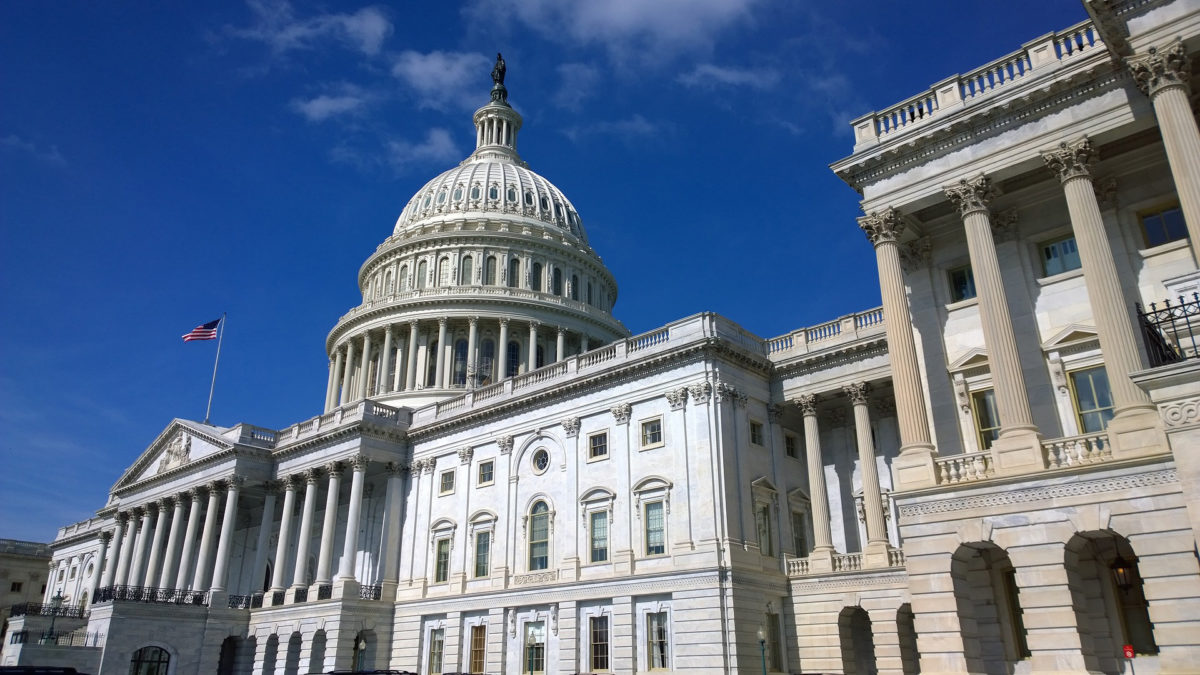
A familiar debate awaits when Congress returns to Washington: writing and passing all the required appropriations, or annual spending, bills. Now that both the House and Senate have reached a two-year, bipartisan budget deal they must pass appropriations bills for Fiscal Year 2020, which starts on October 1. This means that Congress must find a way to fund the government for the next year before the end of September, or they risk another government shutdown.
The House’s spending measures passed earlier this summer include landmark wins for conservation including strong investments in—and in some cases new funding for—Farm Bill conservation programs, the Land and Water Conservation Fund, chronic wasting disease surveillance and research, and critical infrastructure projects from the Everglades to the Front Range.
The ball is now in the Senate’s court to support conservation in their own appropriations bills and send it all to the president’s desk. What happens if they don’t? The government shuts down while they agree on a deal or lawmakers can give themselves an extension by passing what’s known as a continuing resolution. CRs keep money flowing at previously agreed upon funding levels, but they prevent new funding going to something like CWD research that has never been done before.
Before leaving town, the Senate Environment and Public Works Committee unanimously passed a new highway bill that includes a powerful new tool for conservation: a $250-million pilot program to construct wildlife crossings such as overpasses, underpasses, and culverts across the country over the next five years.
State departments of transportation, wildlife biologists, and conservationists have been urging Congress to provide dedicated funding for crossings to restore and improve habitat connectivity within migration corridors and reduce deadly wildlife-vehicle collisions where animals are often found crossing roads.
This also marks the first time that climate change language has been included in a highway bill. As written, the legislation creates a grant program called PROTECT to prioritize natural infrastructure solutions as roads and bridges are being planned, which would help to restore and improve ecosystem conditions around passenger roads.
All in all, senators on the committee have been trailblazers for conservation in the next iteration of the highway bill. Now, it’s on the House to get the job done.
In fact, the House can do even more for conservation in its forthcoming version of the bill by increasing funding for the Federal Lands Transportation Program, which supports the ongoing maintenance of passenger roads through public lands. Carrying on the chronic underfunding of U.S. Forest Service roads through FLTP will contribute to an already colossal deferred maintenance backlog on these important public lands.
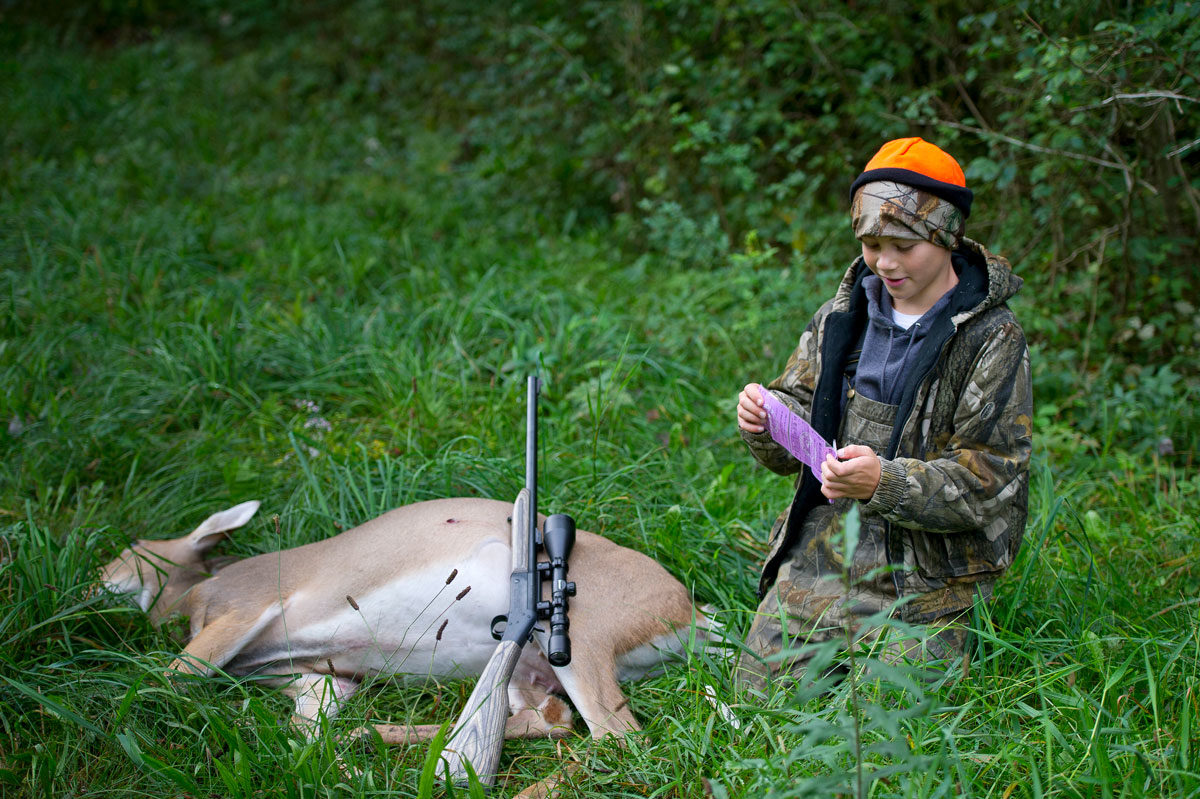
The TRCP and our conservation partners have been leading the charge to update a vital source of funding for state fish and wildlife agency conservation efforts—the Pittman-Robertson Act. Right now, the fund created from excise taxes on firearms, ammunition, and archery equipment can’t be used to help recruit, retain, and reactivate (R3) hunters.
It’s time for that to change.
Congress has already updated the policy for fishing-related spending to give state agencies the ability to recruit new anglers. And this has likely helped to drive the recent bump in fishing participation and a more than 36-percent increase in spending on fishing equipment, which in turn creates an increase in funding for conservation.
It’s time for Congress to modernize Pittman-Robertson and allow similar outreach campaigns for hunters. Before the recess began, the Senate introduced S. 2092, a companion bill to the House’s H.R. 877. These bipartisan bills, aptly titled the Modernizing the Pittman-Robertson Fund for Tomorrow’s Needs Act, are essential to help fund, preserve, and grow our rich heritage of hunting.
Last Congress, a similar measure passed unanimously out of the House but did not make the end-of-year finish line. Now that the legislation has been introduced in both chambers, passage of this long-overdue legislation is a no-brainer. It’s a bipartisan success story waiting to happen.
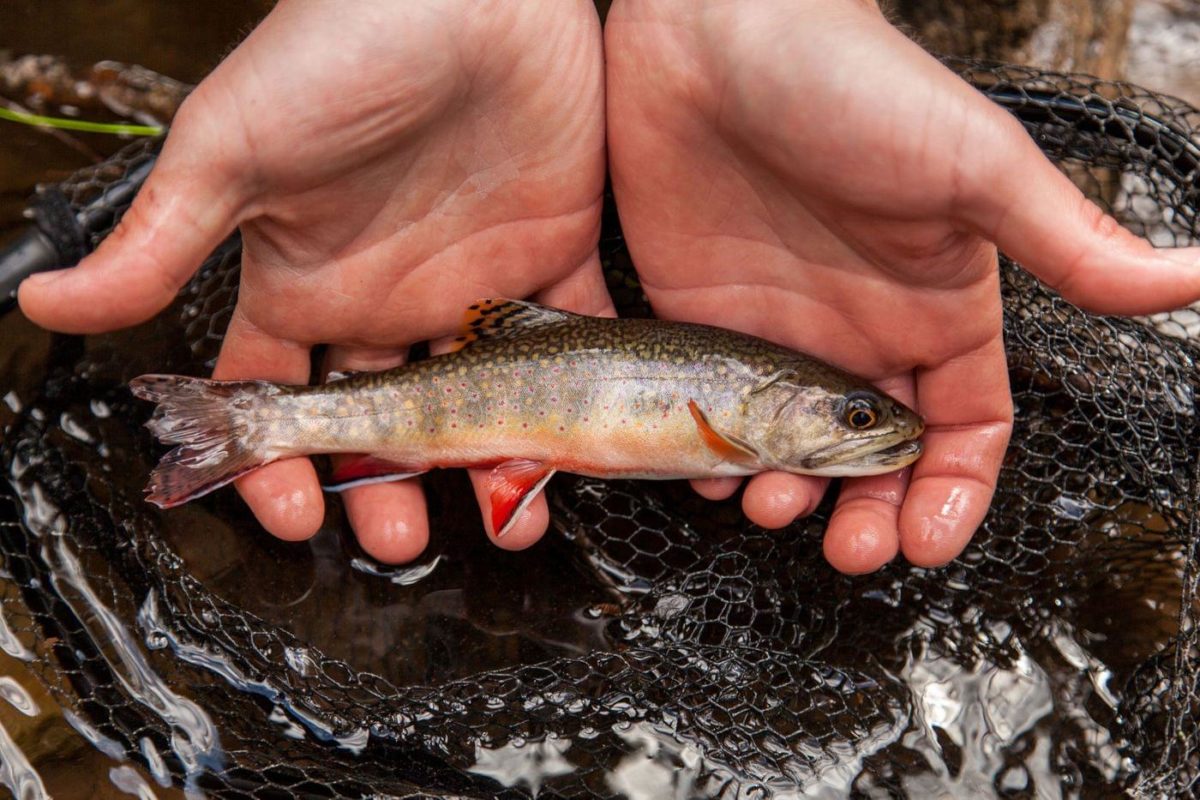
From the Gulf to the Great Plains, there’s a lot happening this summer that affects our fisheries and the anglers who enjoy them, including pending legislation that deserves a vote without further delay.
The National Fish Habitat Through Partnerships Act—H.R. 1747 in the House and S. 754 in the Senate—would permanently authorize and provide funding for one of the nation’s best tools to protect and restore fish habitat across the nation. Comprised of 20 individual partnerships that advocate for regionally specific projects, this model has been effective for years but still limps from authorization to authorization, depending on the whims of Congress.
But legislation introduced in both chambers is vote-ready and can end this vicious cycle.
Another easy win would be passing legislation to conserve forage fish, which support all the sportfish we love to pursue. Numerous pressures, including changing ocean conditions and overfishing by commercial interests, have led to a decline in forage fish populations, which could shorten or even end recreational fishing seasons for the predators that rely on these baitfish.
Bipartisan legislation in the House, the Forage Fish Conservation Act (H.R. 2236), aims to ensure that forage fish remain in the marine food web by introducing a variety of commonsense, science-based provisions into existing management plans. These include creating a national, science-based definition for forage fish in federal waters, accounting for predator needs, assessing the impact of commercial fisheries on marine ecosystems before authorization, and requiring that managers consider forage fish when establishing research priorities.
Anglers are dependent on forage fish to keep our fisheries healthy and we are, in turn, depending on Congress to act now on this major conservation priority.
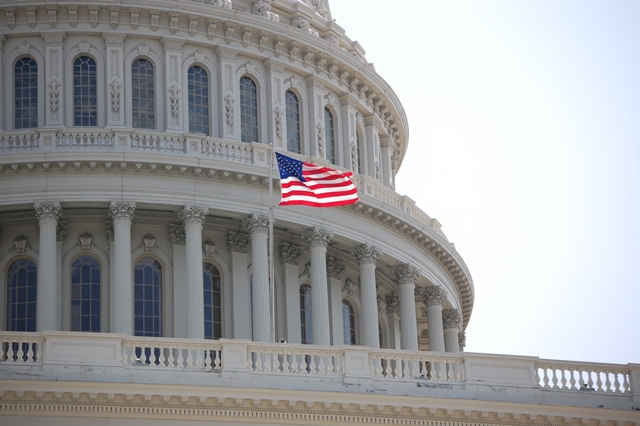
Numerous conservation-wins-in-waiting are ready for congressional action once lawmakers return to Capitol Hill. Though the most pressing demand for legislators will be drafting and passing appropriations bills that strengthen our nation’s investment in conservation, we need to turn their attention to other measures that preserve wildlife, improve habitat connectivity, and ensure the future of our hunting traditions.
After the spending deadline has passed, the 2020 election will take a lot of the air out of the room, and we need to clinch these victories before that happens.
This is YOUR chance to play a role in how our public lands are managed and ensure that sportsmen and women have a say about the places where we love to hunt and fish
The Forest Service is revising its plans for the Carson and the Santa Fe National Forests that will determine the future management of more than 3 million acres of public land in northern New Mexico, including the world-class fisheries of the Rio Grande and Pecos Rivers. Sportsmen and women must get involved to ensure that the best habitats are conserved and public access for hunting and fishing is maintained.
Please attend a local public meeting in the next few weeks (see schedule below) and share your perspective as a public land user.
These events will offer updates on the planning process, allow the public to share their ideas and opinions on the draft plan, and explain ways for interested citizens to stay involved.
The best way to see that our priorities are included in the plans is to have a presence and provide input at these meetings. Meeting dates, locations, and times, as well as suggested talking points are listed below.
You can also comment on the Carson NF Plan here, and the Santa Fe NF Plan here.
Thank you for taking the time to support our public lands.
Suggested Talking Points:
| Meeting Location | Date | Time | Location |
| Santa Fe | Tuesday, Aug. 20 | 2 – 6pm | Santa Fe Community College (this is a joint meeting with the Santa Fe, Carson, and Cibola National Forests) |
| Jemez Pueblo | Wednesday, Aug. 21 | 6 – 8pm | Pueblo of Jemez Welcome Center (back building; formerly Walatowa Visitor’s Center), 7413 Highway 4 |
| Buena Vista | Thursday, Aug. 22 | 6 – 8pm | Buena Vista Fire Department |
| Pecos | Monday, Aug. 26 | 6 – 8pm | Pecos High School (Boardroom) |
| Gallina | Tuesday, Sept. 3 | 6 – 8pm | Gallina Elementary |
| Rio Rancho | Wednesday, Sept. 4 | 6 – 8pm | Rio Rancho Fire and Rescue, 5301 Santa Fe Hills Blvd. |
| Cuba | Thursday, Sept. 5 | 6 – 8pm | Sandoval County Fairgrounds- Community Building, 37 Rodeo Rd. |
| Las Vegas | Tuesday, Sept. 10 | 6 – 8pm | NM Highlands University (student union building, Rm 321) |
| Santa Fe | Wednesday, Sept. 11 | 6 – 8pm | Santa Fe NF Headquarters, 11 Forest Lane |
| Los Alamos | Monday, Sept. 23 | 6 – 8pm | Mesa Public Library |
| Abiquiu | Wednesday, Sept. 25 | 6 – 8pm | Ghost Ranch (lower pavillion), 280 Private Drive |
| Meeting Location | Date | Time | Address |
| Santa Fe | Tuesday, Aug. 20 | 2 – 6pm | Santa Fe Community College (this is a joint meeting with the Santa Fe, Carson, and Cibola National Forests) |
| Taos | Wednesday, Aug. 21 | 12 – 2pm | Carson NF Supervisor’s Office |
| Buena Vista | Thursday, Aug. 22 | 6 – 8pm | Buena Vista Fire Department |
| Canjilon | Wednesday, Aug. 28 | 5 -7pm | Canjilon Community Center |
| El Rito | Wednesday, Aug. 28 | 1 – 3pm | El Rito Ranger District Office |
| Bloomfield | Thursday, Aug. 29 | 1 – 3pm | Jicarilla Ranger District Office |
| Farmington | Thursday, Aug. 29 | 5 – 7pm | San Juan College |
| Tres Piedras | Friday, Aug. 30 | 1 – 3pm | Tres Piedras Ranger District Office |
| Red River | Tuesday, Sept. 3 | 5 – 7pm | Red River Convention Center |
| Peñasco | Wednesday, Sept. 4 | 1 – 3pm | Camino Real Ranger District Office |
| Peñasco | Tuesday, Sept. 10 | 5 – 7pm | Camino Real Ranger District Office |
| Questa | Wednesday, Sept. 11 | 1 – 3pm | Questa Ranger District Office |
| Canjilon | Thursday, Sept. 12 | 1 – 3pm | Canjilon Ranger District Office |
| El Rito | Thursday, Sept. 12 | 5 – 7pm | Northern NM College |
| Taos | Tuesday, Sept. 17 | 4 – 7pm | Sagebrush Inn (this will be a facilitated, topic-driven workshop) |
| Abiquiu | Thursday, Sept. 19 | 6 – 8pm | Ghost Ranch (lower pavillion), 280 Private Drive |
The law that is broadly and affectionately known as PR ironically doesn’t allow state wildlife agencies to market hunting to a new generation of license buyers—the sportsmen and women we desperately need to keep funding conservation
By now, you probably know that every time you buy a hunting or fishing license and certain gear, you’re paying into a hugely successful system of conservation in America—where those of us who enjoy and take something from our natural resources also give back to fish and wildlife. You’re probably even aware of the two laws that made this happen: the Pittman-Robertson Act for hunting-related spending and the Dingell-Johnson Act for fishing-related spending.
[Need a refresher on all the biggest sources of federal conservation funding? We got you.]
But there’s a major difference between these policies that has become glaring as fishing participation has crept back up and hunting participation has taken a steep nosedive.
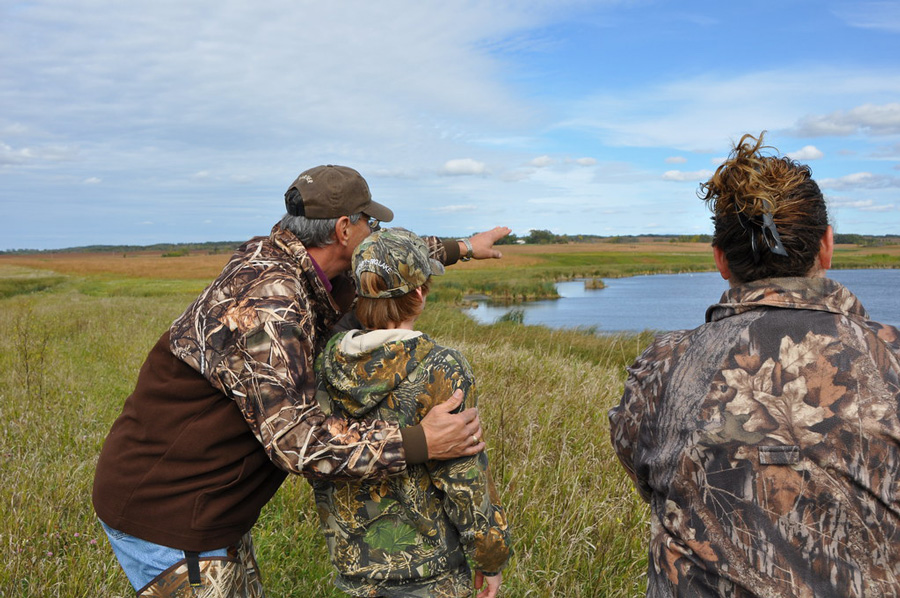
Between 2011 and 2016, the number of hunters declined by 16 percent. Hunters spend fewer days afield and less money on equipment on average than they used to. In that same time period, 2.7 million more Americans started fishing, and spending on fishing equipment increased by more than 36 percent.
This could be because about $12 million in funds created by the Dingell-Johnson Act annually go toward national efforts to recruit, retain, and reactivate (R3) anglers. Meanwhile, no such provision is made in Pittman-Robertson.
Besides the next generation of sportsmen and women, state wildlife agencies have the most to lose if hunting and fishing participation declines, because many of these conservation-focused departments depend entirely on P-R and D-J dollars. But, as the laws are written, even a state department of natural resources with an excellent apprentice hunter program can’t so much as print up a poster to advertise it using P-R funding.
The ability to communicate with and educate the public about hunting is so much more important today than it was in the 1930s when this bill was written. At that time, more than half the country hunted or had access to someone who could likely show them how. This just isn’t the case anymore.
It’s time to modernize Pittman-Robertson and allocate just a small portion of its funds to R3 activities—the return on investment is likely to be millions of more active and engaged outdoorspeople paying into a conservation model that supports some of America’s greatest traditions. Failing to do so could create a conservation funding crisis like we’ve never seen before.
Legislation called Modernizing the Pittman-Robertson Fund for Tomorrow’s Needs Act (H.R. 877) has been reintroduced this Congress and debated in a House Natural Resources Committee hearing earlier this year. After the August recess, we need to move this bill forward without delay and before we lose lawmakers’ attention to the chaos that comes with an election year.
Have you seen state agency efforts to attract and educate new hunters that deserve more of a PR spotlight? Tell us in the comments.
Theodore Roosevelt’s experiences hunting and fishing certainly fueled his passion for conservation, but it seems that a passion for coffee may have powered his mornings. In fact, Roosevelt’s son once said that his father’s coffee cup was “more in the nature of a bathtub.” TRCP has partnered with Afuera Coffee Co. to bring together his two loves: a strong morning brew and a dedication to conservation. With your purchase, you’ll not only enjoy waking up to the rich aroma of this bolder roast—you’ll be supporting the important work of preserving hunting and fishing opportunities for all.
Learn More
